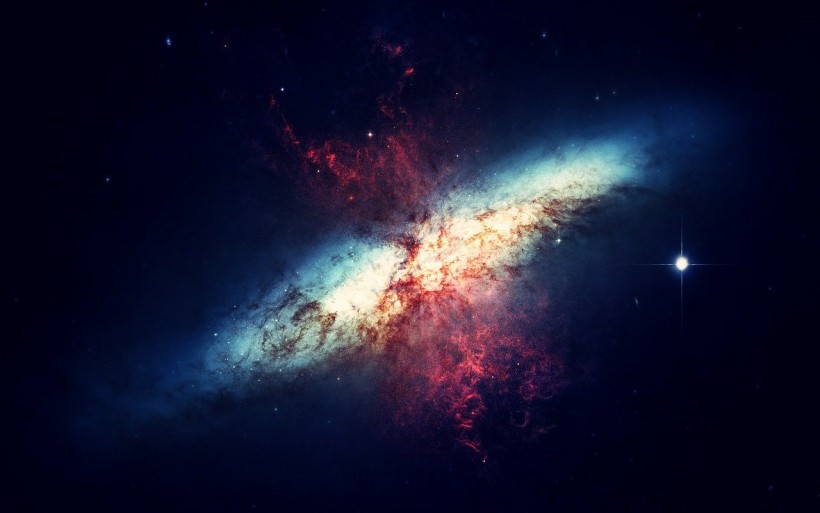The past week has been full of space events, such as geomagnetic storms and an asteroid hitting Earth, as well as discoveries and updates on the James Webb Space Telescope, were announced. Scientists believe that these could help them prepare for future space explorations and develop technologies that will protect Earth from potential hazards coming from space.
For those who have missed these events and discoveries the past week, here is a summary of them in which some were reported in Science Times and their significance in the field of astronomy.

Space Events, Discoveries From the Past Week Offers Glimpse of the Cosmos for Future Explorations
Geomagnetic Storms Created Aurora
The Sun is entering will enter its current cycle of peak activity in the coming years and that means more geomagnetic storms might come that will affect Earth. On March 14 and 15, scientists at Space Weather Prediction Center were able to identify mild and moderate geomagnetic storms that arrived on the planet.
Such solar storms only caused minor effects on Earth, like the increased incidence of auroras in the northern hemisphere and brief disturbances with high-frequency radio signals.
Diamonds in Mercury
Diamonds are carbon deposits that were subjected to high heat and pressure. Now, it appears that Mercury is rich in this precious stone. Scientists explained that the impact of falling comets and asteroids at very high speeds had transformed the graphite that covers Mercury into "shock diamonds," which is equivalent to 16 quadrillion tons of diamonds.
On the other hand, Interesting Engineering reported that these diamonds might look nothing like the big clear diamonds on Earth cut into jewelry. It is likely the same as the small cloudy diamonds used in the industry as abrasives.
Asteroid Half the Size of Giraffe Falls to Earth
Science Times previously reported that an asteroid about 10 feet in diameter hit Earth on March 11. Astronomer Krisztián Sárneczky discovered asteroid 2022 EB5 using the Schmidt telescope at the Piszkésteto Mountain Station. Two hours after its discovery, it entered the Earth's atmosphere, which became visible to Icelanders who reported seeing a glow in the sky.
5th Earth impactor from Piszkéstető Obs: 2022 EB5
— Stefan Kurti (@KurtiStefan) March 12, 2022
Yesterday at 19:24 UT an unknown moving objects of 17 mag was found by K. Sárneczky on images from 0.6-m Schmidt telescope. Acquired data 30 min later showed that it was going to collide with Earth in 2 hours time. pic.twitter.com/NdLUcF1MnM
ALSO READ: Asteroid Half the Size of a Giraffe Hits Iceland 2 Hours After Astronomers Spotted Space Rock
James Webb Space Telescope Achieves New Milestone
NASA released some selfies of the James Webb Space Telescope as it completed the refinement phase of its instruments. As Science Times previously reported, the selfie illustrates the development of the space observatory's mirrors. More so, among the photos was the single star they called James Webb Starr 2MASS J17554042+6551277 with some stars and galaxies at its background. The selfie and the photo of the star were captured using only the NIRCam instrument.
SVS 13 System
Astronomers recently captured an image of three planetary systems that consists of a cluster of exoplanets that are in different evolutionary stages, Science Times previously reported. The two stars in the SVS 13 system, located 980 million light-years away, were seen with discs of gas and dust surrounding them that appear to be huge enough to form new planets.
NASA Mars Ingenuity Helicopter's 21st Flight
NASA celebrated last week the 21st flight of their Mars Ingenuity helicopter as it travels 370 meters at a speed of 3.85 m/s and remained 129.2 seconds on the air. In total, Ingenuity has already traveled more than 2.8 miles (4.6 kilometers) since its arrival on the Red Planet.
RELATED ARTICLE: Binary Star 980 Light Years Away Discovered with Three Exoplanet Systems in Early Stage
Check out more news and information on Space in Science Times.














